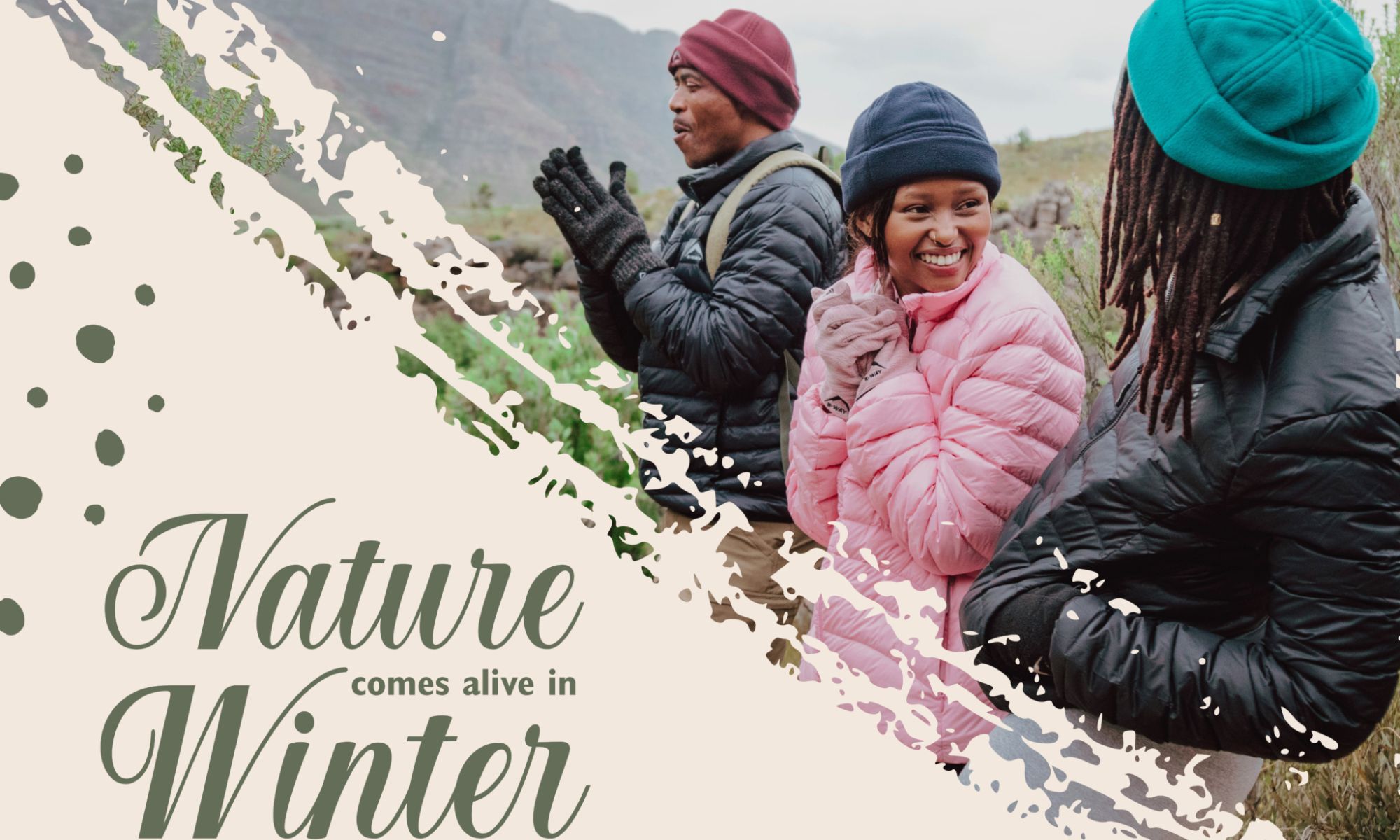
Robberg Nature Reserve - through the words and lens of photographer, Scott Ramsay
Words and photos by Scott Ramsay
Take all the natural wonders of Robberg, and divide them by the number of square metres of this relatively tiny reserve and you’ve got one of the most impressive reserves in the country.
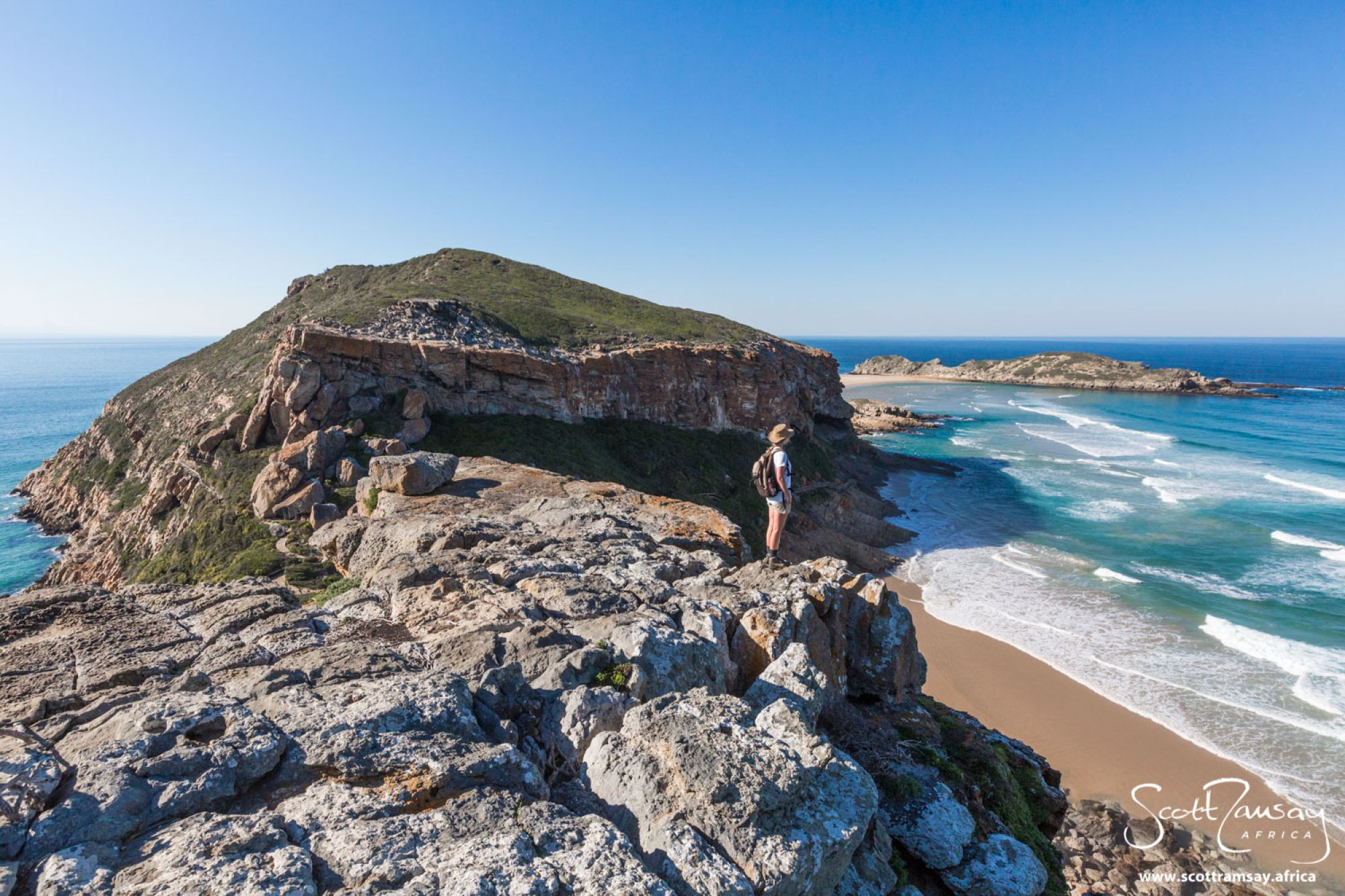
Few other small protected areas pack so much punch. Lying near the town of Plettenberg Bay (although these days it’s more of a city!), Robberg covers just two square kilometres (and a surrounding marine protected area of 22 square kilometres).
Inch for inch, it’s got more scenic and wildlife impact than many larger reserves I’ve visited. The reserve comprises a rocky sandstone peninsula about 4kms long that is almost entirely surrounded by the Indian Ocean.
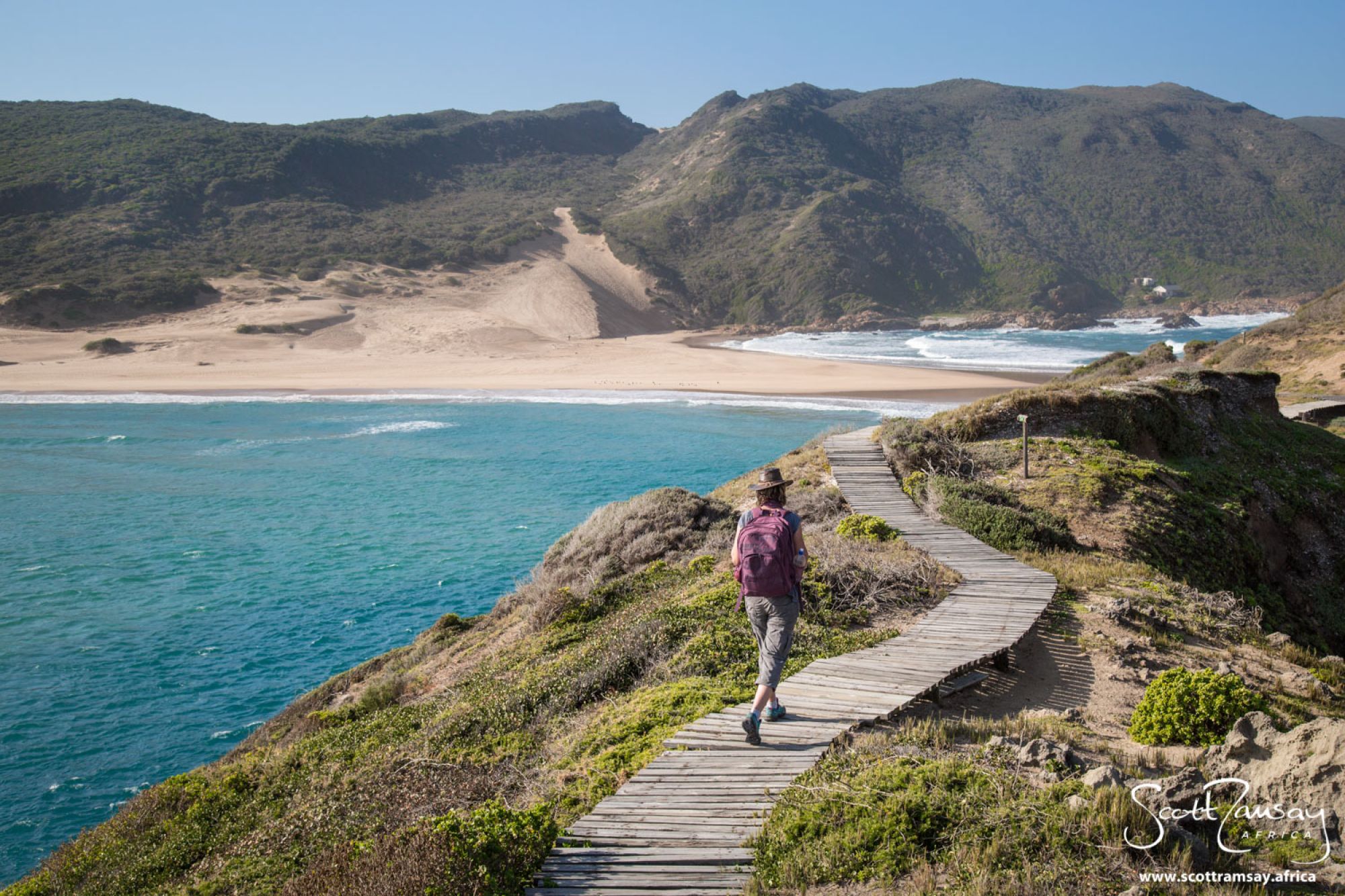
There are no roads in the reserve. Instead, hiking paths circumambulate the peninsula, and the high cliffs, rising to about 150 metres above sea level, give great views of the oceans below, where you can see whales, dolphins, seals and sharks.
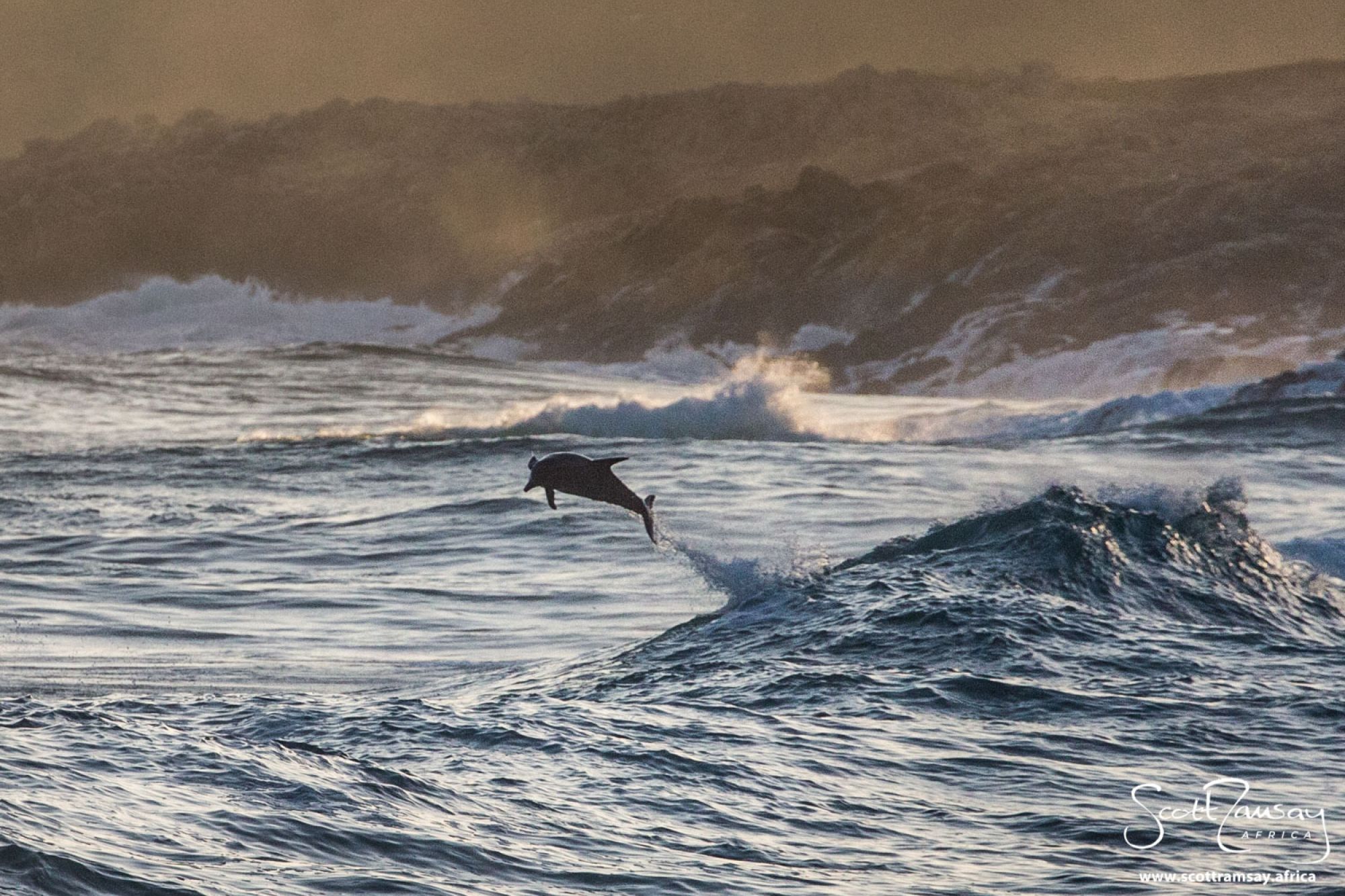
The northern part of the peninsula looks out into the calm waters of Plettenberg Bay, while the exposed southern coastline is frequently rammed by surging swells of the Indian Ocean.
There are numerous swimming spots along the southern side, with several tidal pools protected from the big waves. There is a tombola (or spit) of sand that connects the main peninsula to a smaller island that has boardwalks and a small sitting area that is superb for whale spotting. The sandy beach of the tombola makes for safe swimming too, as the ocean is generally shallow here.
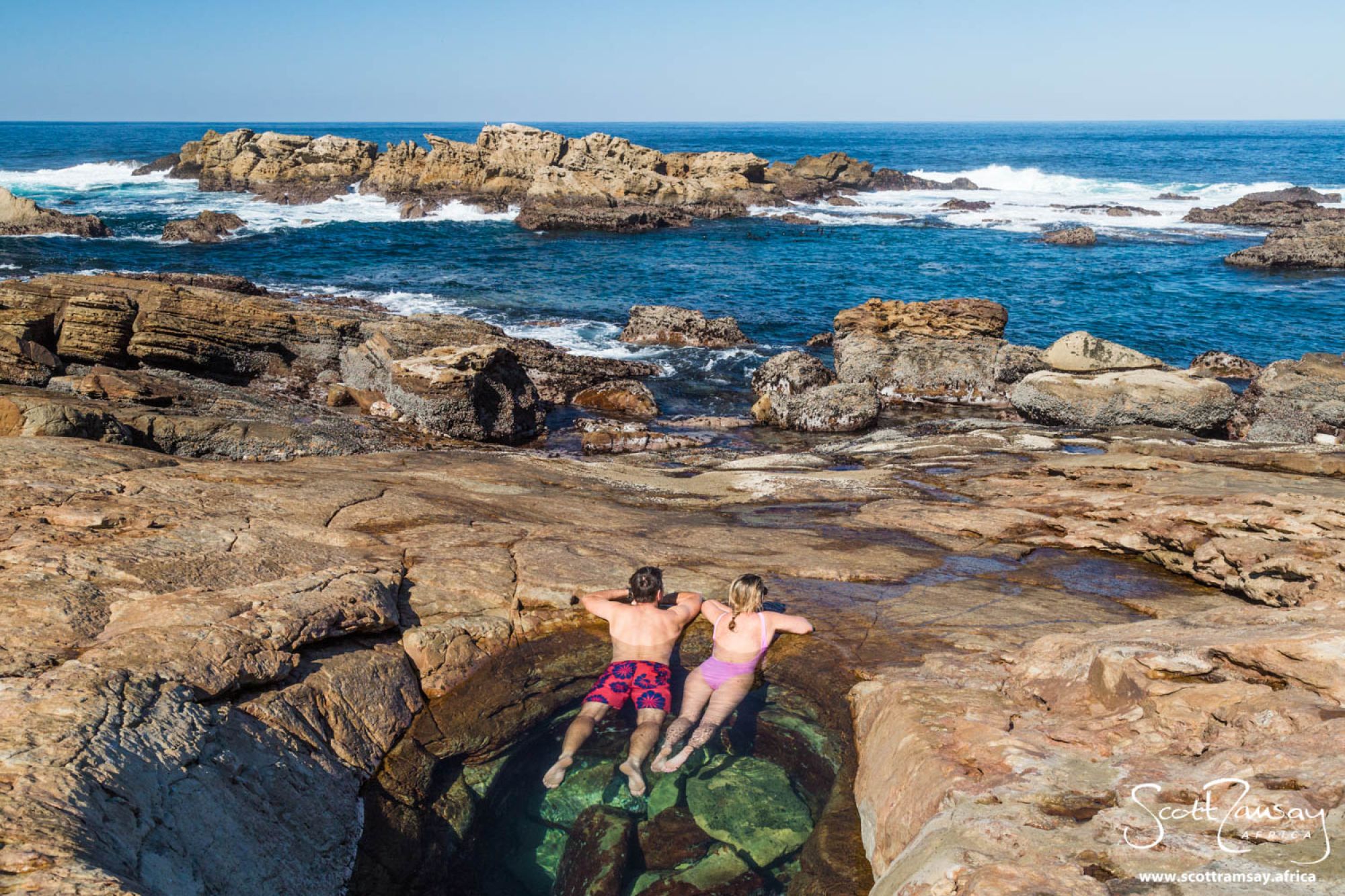
When we visited recently in July (which is winter in the Cape!) we had warm, even hot weather, with temperatures over 30 degrees Celsius, so we swam as often as we could. The ocean water is warmer than Cape Town, but still cold enough to cool you down, that’s for sure.
The offshore marine protected area is important for three vulnerable fish species, including white and red Steenbras, as well as great white sharks. Several international TV programs on sharks have been produced here, and if you’re lucky, you can spot not just great whites, but smooth hammerhead sharks too.
Apparently the best time to see the sharks at Robberg is in winter, when they tend to hunt the Cape fur seals. The seals are the main obvious animal attraction, and gives the reserve its name (Robberg means “seal mountain” in Dutch).
The seals use the rocky shoreline to rest up while they’re not out fishing in the ocean. The best place to watch them is from the cliffs on the northern side of the peninsula, though you’ll probably hear them – and smell them! – before you see them.
I’d recommend getting up early and heading into the reserve as soon as the gates open to watch the seals warm up in the cool morning. Be sure to take a pair of binoculars, and if you’re a photographer, be sure to take a polarizer for your lens, as you can get some great photos of the seals swimming in the ocean below.
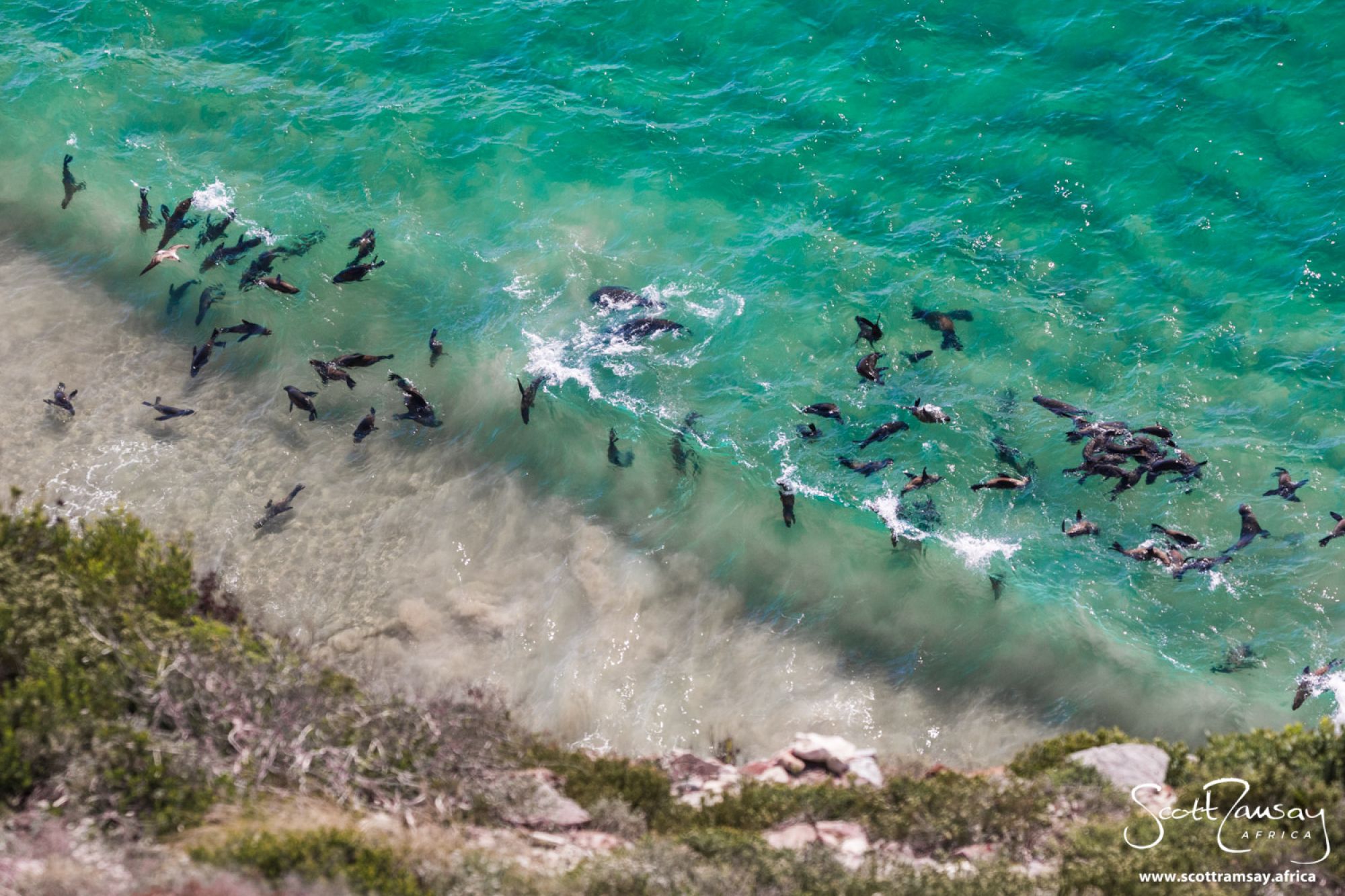
(Another reason to photograph the seals early in the morning is to avoid the inordinate heat waves from the cliffs that heat up with the sun. Even on a cool, sunny day, there is a lot of air rising off the cliffs, leading to blurry, unsharp images). Once hunted for their fur, the seals were locally extinct by the end of the 1800s, but they are now protected and the reserve is home to several thousand. In 1996, the first seal pups in over a hundred years were born at Robberg. We were fortunate to find a nursery of about 50 seal pups in a relatively protected cove, where we snorkeled several times.
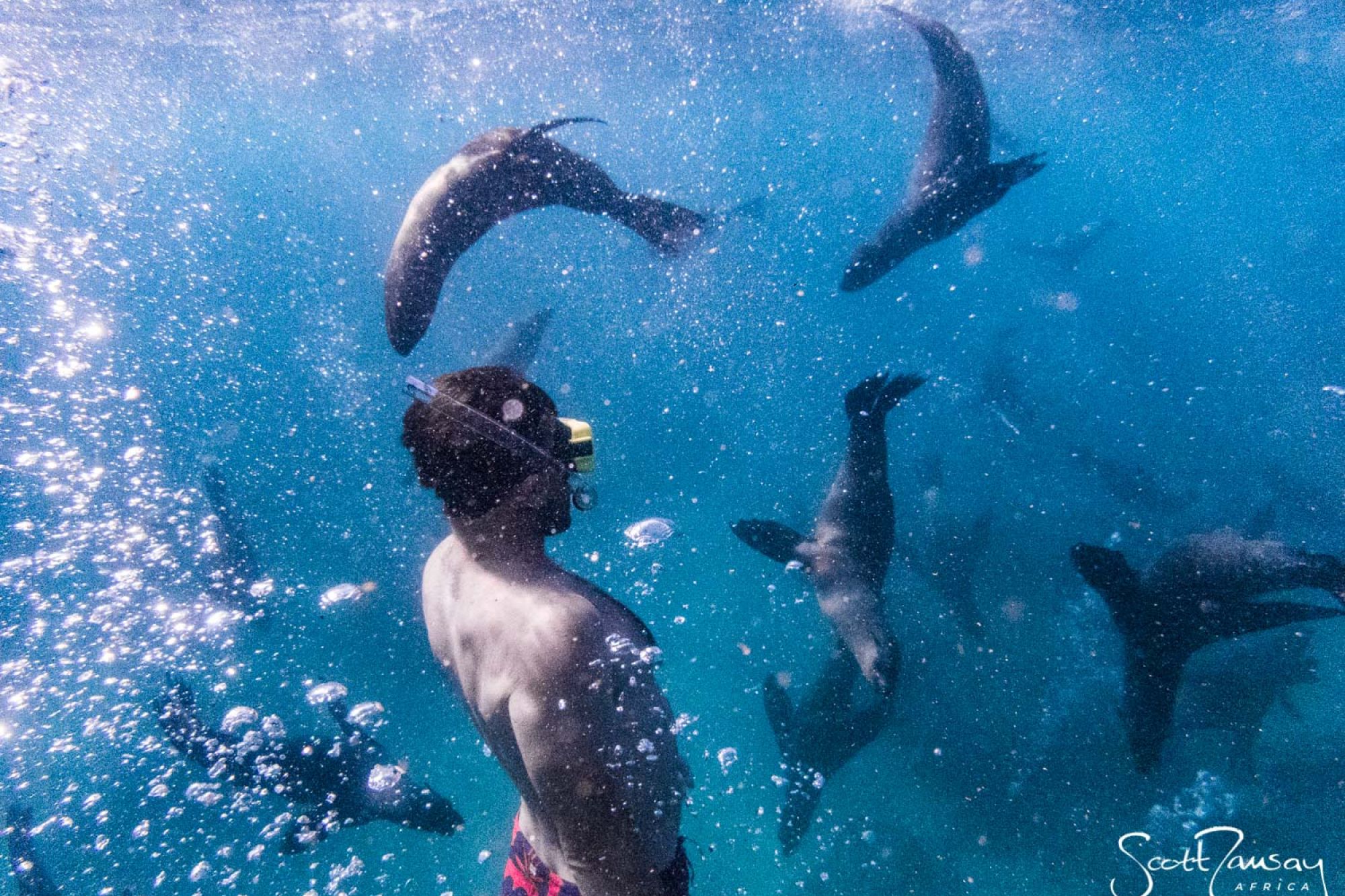
During my work as a photographer in Africa’s reserves, I’ve been fortunate to enjoy many encounters with wild animals, but I’d rate snorkeling with seal pups at Robberg as one of the most immersive, fun and rewarding!
Plettenberg Bay was also once the site of a Norwegian whaling station, and hundreds of southern right whales were slaughtered. Of course, these days, whales are protected and there’s an excellent chance of seeing southern rights, humpback and even the furtive Bryde’s whale. Local researcher Gwen Penry has done excellent work on this elusive species. While walking around Robberg for a few days we saw several humpback whales, but another friend saw southern right whales, as well as orcas during the week we were there.
The reserve has only one place to stay (called “Fountain Shack”). It’s a simple cabin sleeping 8 people, with shower and toilet near the tombola on the southern side.
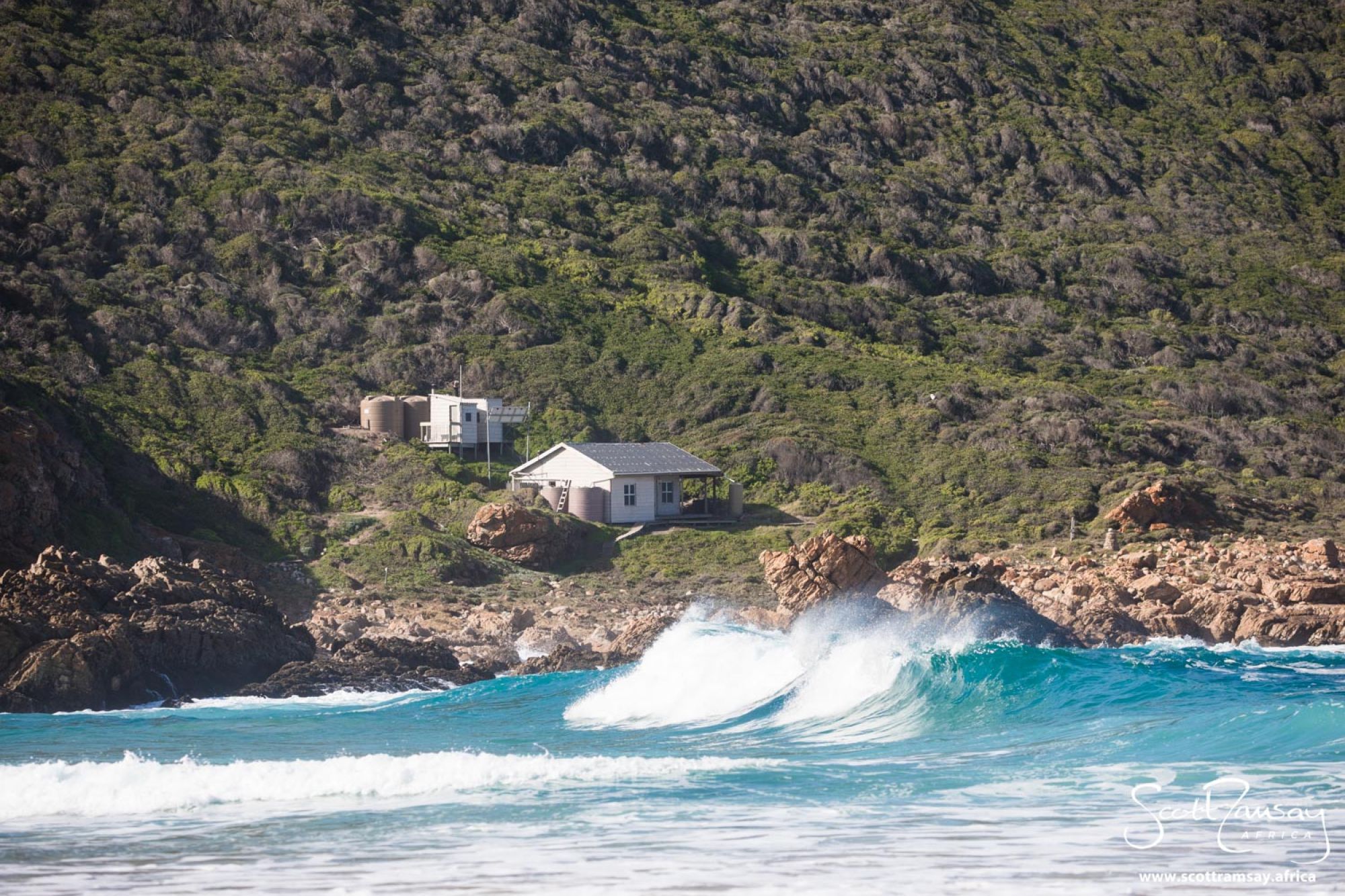
We couldn’t stay there unfortunately, because it was being repaired after a heavy winter’s storm a few weeks prior. But hopefully we can get back there in a few weeks. It probably has one of the most beautiful coastal views in all of Africa!
When you stay at Fountain Shack, you’ve got the opportunity to go swimming at night, explore the coastline under full moon, and see the reserve before and after sunrise before everyone else is allowed in. This in itself is an excellent reason to book it for a few days. I’ve stayed at the shack on a previous trip to Robberg, and it is very, very special.
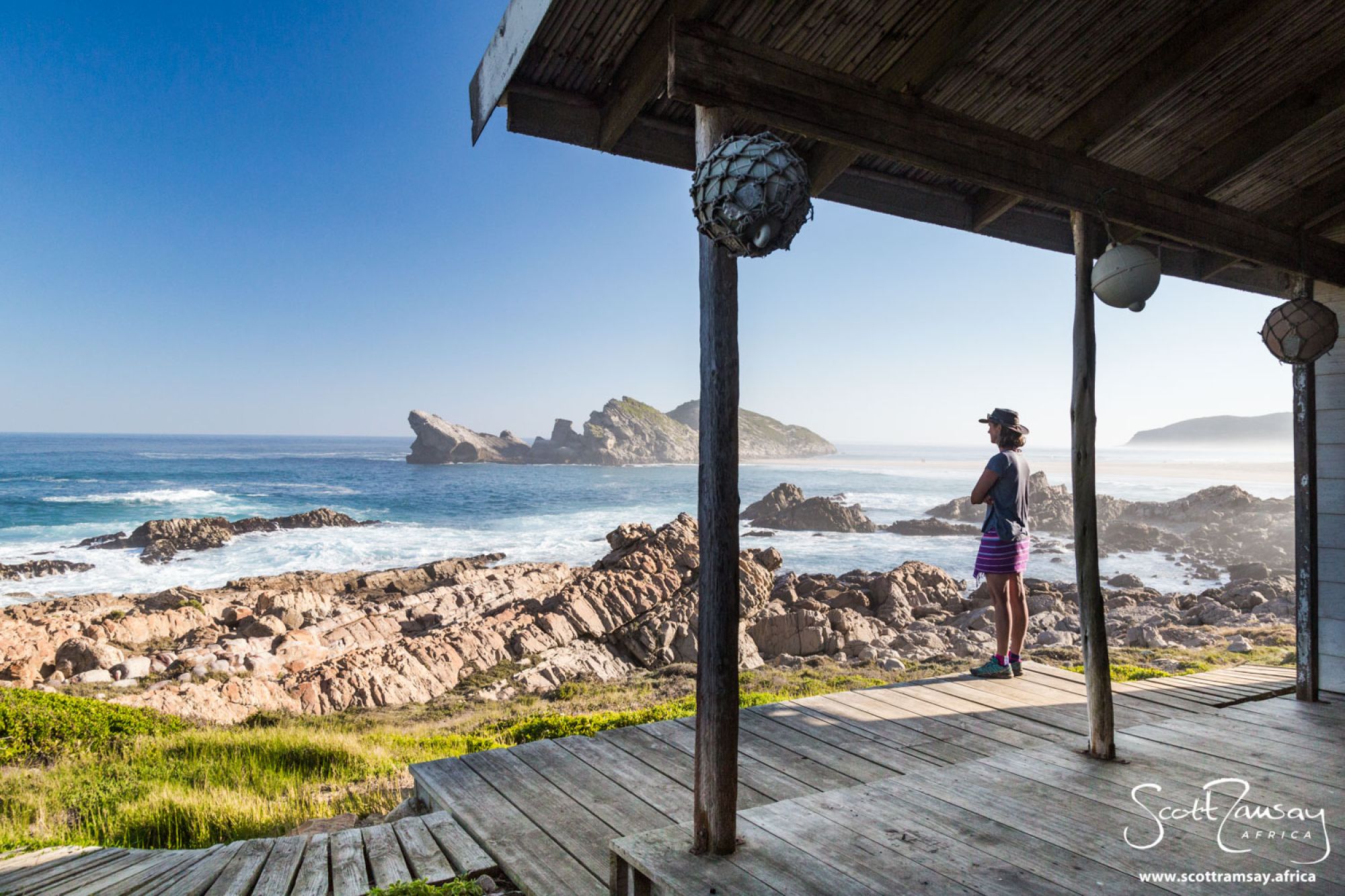
You have to carry in your own food and sleeping bag, but I really love the simplicity and authenticity of Fountain Shack. For me, it beats any fancy lodge anywhere. And best of all, it’s small, unobtrusive, and exclusive. Long may that last.
Robberg is so beautiful, with a climate that is so gentle, and an ocean that is so inviting, that I’m not surprised that early humankind have been living here for 120 000 years. The southern Cape is now considered to be the original homeland of modern humankind, and there are several caves on Robberg which have been studied by archaeologists, proving without doubt that our ancestors have been roaming these parts (and thriving!) in this area for a very long time indeed.
East Africa may have been home to early, primitive humankind, but the southern Cape is where we as anatomically-modern humans found our creative spark, where we learnt to think and act symbolically. Be sure to check out Nelson’s Cave near the gate at Robberg, where you can get more of an insight into what life was like for humans back then. (You’ll be surprised to learn that life was actually pretty fantastic, because of the abundant food, gentle climate and lack of diseases).
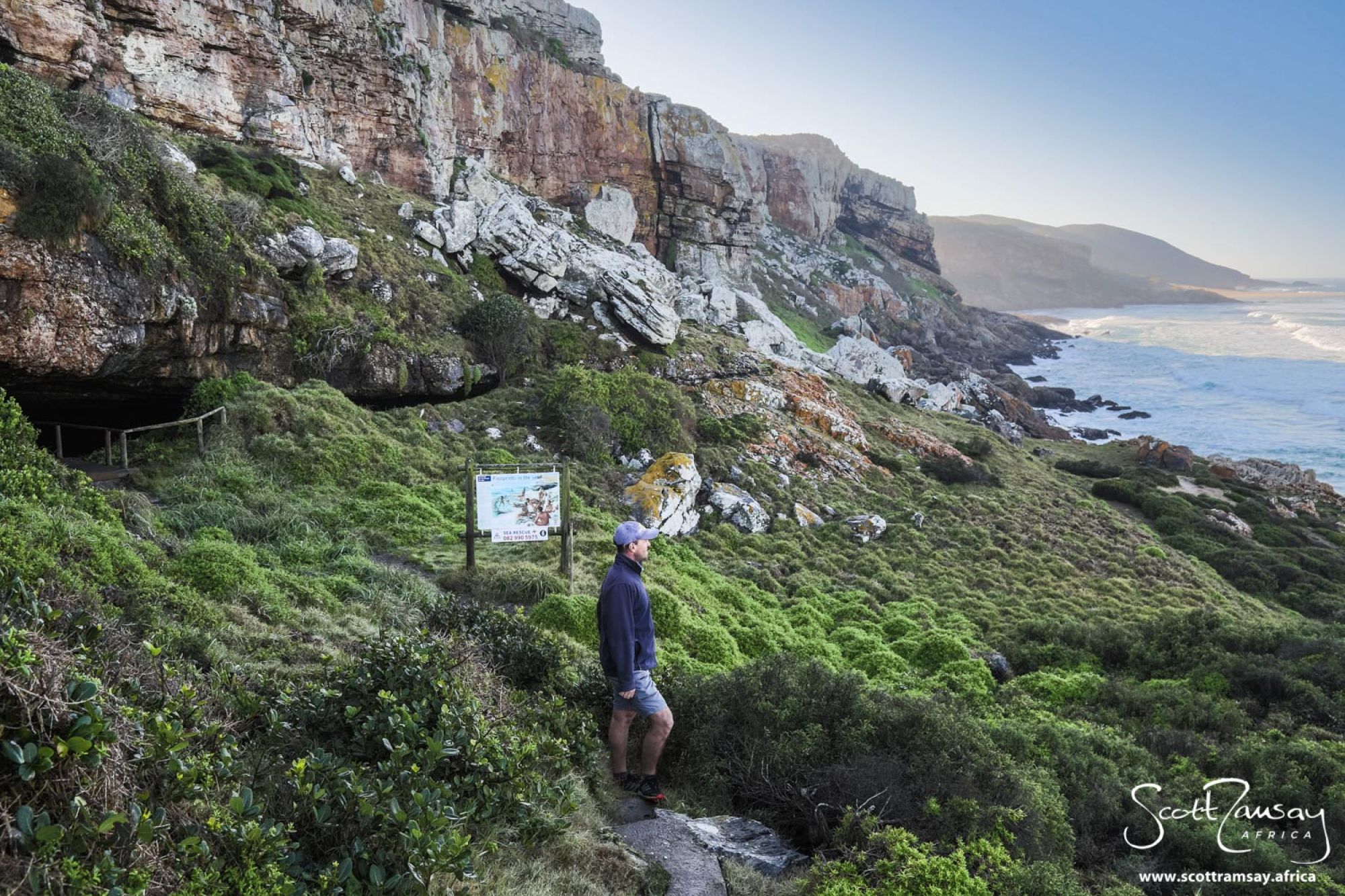
Be sure to visit Robberg, it’s probably one of my favourite reserves of those I’ve visited across Africa!
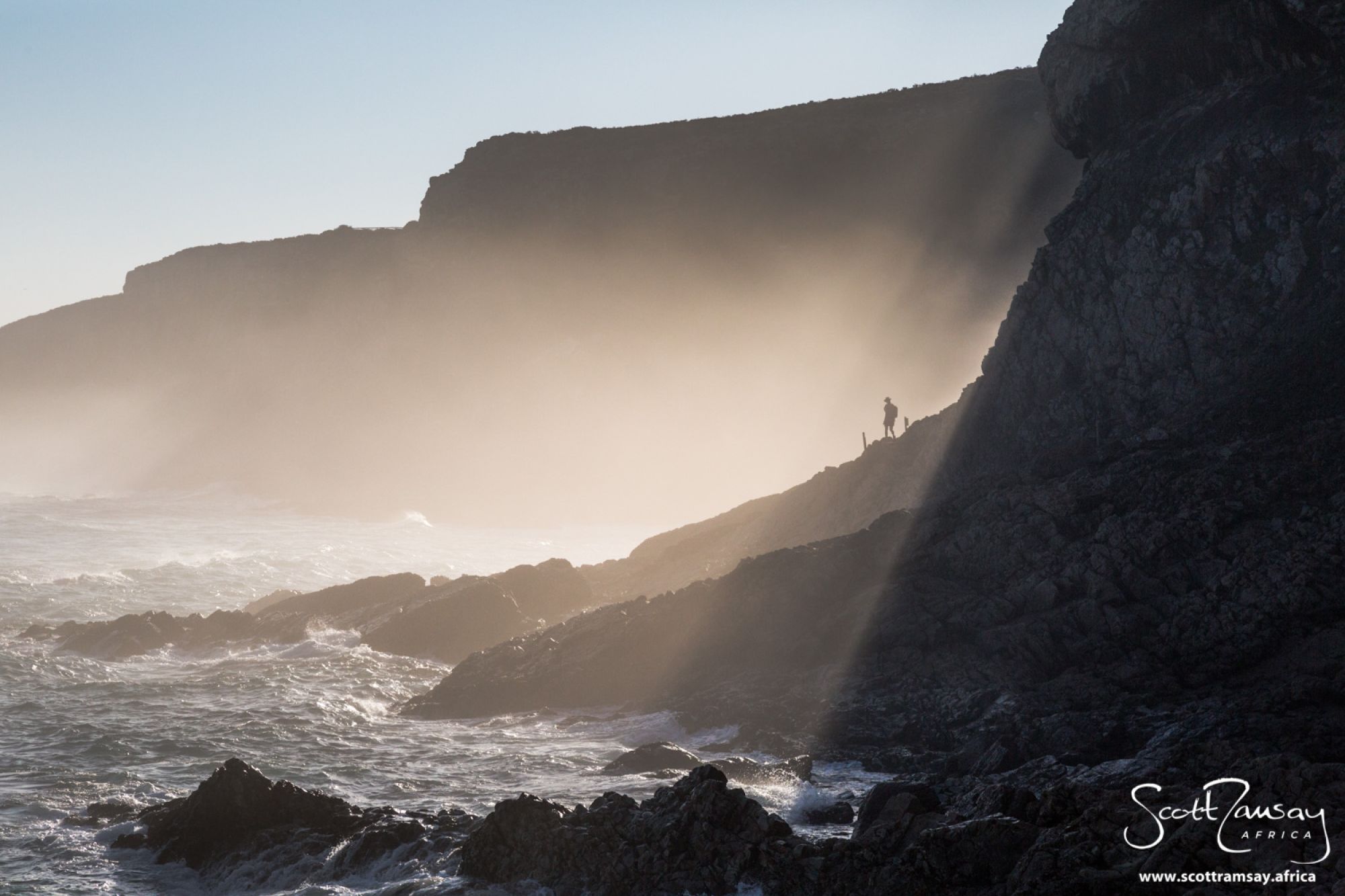
Related News
How can I assist you today?
How can I assist you today?




